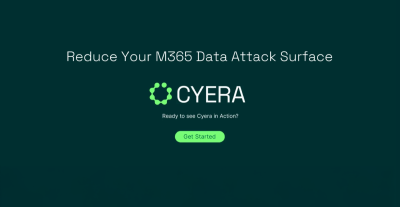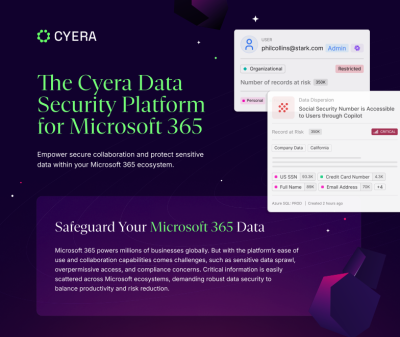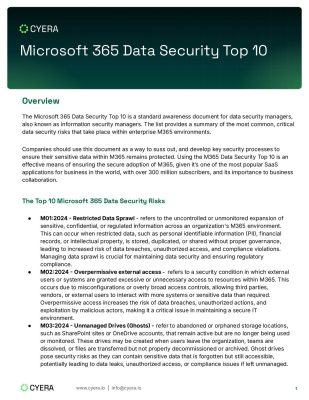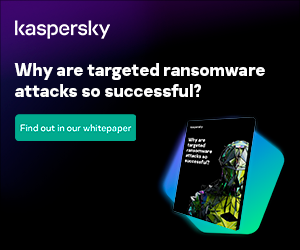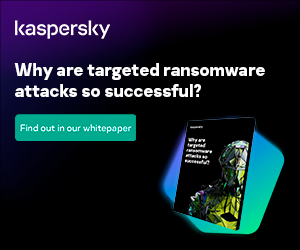Highlights:
- Machine learning enhances zero-day threat detection by establishing secure system behavior baselines as data accumulates.
- Neglecting internet security best practices can lead to cybersecurity threats, including zero-day exploits, data breaches, and financial information misuse.
In the dynamic world of cybersecurity, a compelling and formidable challenge emerges: the zero-day exploit. These covert digital threats pose a significant risk to both organizations and individuals by exploiting vulnerabilities that escape the notice of software vendors.
As we venture into the era of AI in cybersecurity, it becomes imperative to grasp the zero-day exploit definition, its primary target, characteristics, life span, and detection processes. Let’s delve into these areas one by one.
What Is a Zero-Day Exploit?
In the realm of business, a zero-day exploit refers to a cyberattack approach or method that capitalizes on a concealed or unmitigated vulnerability in computer software, hardware, or firmware. Cybercriminals identify these undisclosed vulnerabilities, create specific exploits, and employ them to initiate attacks.
“A zero-day exploit is a method of hacking a system. It’s sort of a vulnerability that has an exploit written for it, sort of a key and a lock that go together to a given software package. It could be an internet web server. It could be Microsoft Office. It could be Adobe Reader, or it could be Facebook.” – Edward Snowden, American-Russian Technology Specialist
As we delve into the concept of zero-day exploit, it becomes apparent to identify its primary targets in business contexts.
Primary Target of Zero-Day Exploits in Business Contexts
Zero-day vulnerabilities hold substantial value for multiple stakeholders, which has led to the establishment of a marketplace where organizations enlist researchers to uncover such vulnerabilities. Alongside the legitimate ‘white market,’ there also exist ‘black’ and ‘grey’ markets where malicious actors can clandestinely exchange zero-day vulnerability information without public disclosure.
The common targets of zero-day exploits include:
- Government agencies and major corporations.
- Organizations are entrusted with sensitive data, including user information such as names, contact details, financial records, addresses, social security numbers, and medical data.
- Enterprises with inadequate cybersecurity measures.
- Companies engaged in the development of software and hardware solutions for their clientele.
- A substantial population of individual users utilize vulnerable systems, such as web browsers or operating systems. Cybercriminals can exploit these vulnerabilities to infiltrate computers and construct extensive botnets.
- Companies affiliated with the defense industry.
Having identified the primary targets of zero-day exploits in business contexts, let’s delve into the distinct characteristics that make these vulnerabilities so potent and challenging.
Characteristics of Zero Day Exploits Make Them So Dangerous?
The inherent facets of zero-day exploits make them highly hazardous, allowing attackers to breach systems, steal data, and execute malicious actions with remarkable efficiency.
Let’s explore critical traits as potent tools for cybercriminals and state actors, stressing the need for more robust cybersecurity defenses:
- In the corporate world, software vulnerabilities are frequent, and while developers issue patches upon discovery, hackers who find them first are more likely to exploit them for unauthorized system access.
- Hackers tailor attacks for successful zero-day exploits, making them difficult to counter. This often forces the victim’s side to devise on-the-spot solutions, as such situations are typically unexpected.
- In business, proactive defense measures are taken when vulnerabilities are found or compromises are reported. There is an absence of established defense or protective measures.
- Users often neglect internet security best practices, leading to a host of cybersecurity threats like zero-day exploits, SQL injection attacks, cloud data breaches, and financial information misuse.
In conclusion, zero-day exploit in cybersecurity poses a significant risk with their unique characteristics. Effective detection capabilities must be employed to safeguard organizations against these elusive threats.
Detecting Zero-Day Exploits Before They Strike
In the realm of cybersecurity, both organizations and individuals should adopt proactive detection strategies. The identification of zero-day exploits can be particularly challenging since they target vulnerabilities that software providers have yet to recognize. Nevertheless, businesses can leverage a range of strategies and methodologies to enhance their capacity for detecting such exploits.
While zero-day exploits are novel and unfamiliar, they might exhibit certain resemblances to established malware. Ransomware could result in unusual network activity or questionable behavior. At times, IT and security professionals can identify such attacks by analyzing internet traffic, reviewing code, and employing malware detection solutions.
Additionally, machine learning is increasingly employed to establish a secure system behavior baseline using historical and real-time interactions, enhancing zero-day threat detection as organizations accumulate more data. Sometimes, a vigilant or fortunate developer may identify a zero-day vulnerability before the code is deployed, thereby averting a potential attack.
By actively adopting proactive strategies and maintaining constant vigilance, organizations significantly strengthen their ability to detect and address zero-day exploits, effectively safeguarding their systems and valuable data.
Now that we’ve discussed the proactive approach of detecting zero-day exploits let’s focus on understanding the lifespan of these elusive vulnerabilities.
Life-Span of a Zero-Day Exploit
Comprehending the different phases within the life cycle of a zero-day exploit holds paramount importance. It grants valuable insights into the operational dynamics and mitigation tactics necessary to counter these elusive security risks.
-
Introduction of vulnerability
The zero-day exploit’s lifecycle begins with the discovery by a security researcher or a malicious actor, identifying an undisclosed vulnerability in software, hardware, or firmware, often referred to as ‘zero-day’ due to its lack of protection. Notably, during software development and testing, vulnerabilities may inadvertently go unnoticed.
-
Deployment of the exploit
When malicious actors discover a vulnerability before the vendor, they can create an exploit—a set of code or techniques—to breach systems and gain unauthorized access. This exploit is deployed for malicious purposes.
-
Vulnerability uncovered and reported
At the outset, vendors identify the flaws, although the patch remains pending. Subsequently, the vendor or security researchers publicly acknowledge the vulnerability, thereby notifying users about potential risks linked to the software.
-
Commencement of antivirus signature rollout
Antivirus software is deployed to enable antivirus vendors to detect and safeguard against the signature of zero-day exploits that target users’ devices. However, vulnerabilities may persist if malicious actors discover an alternative means to exploit the weakness.
-
Public release of security patch
Developers produce and distribute a security patch to rectify the vulnerability. The patch’s development timeline varies based on the vulnerability’s complexity and its prioritization within the development cycle. Users can access these patches through official channels, including software updates.
-
Successful implementation of security patch
In the last stage, security patch installation is successfully completed, addressing the need for user deployment. Notifications are sent to inform companies and individuals of the updated version.
Conclusion
The crucial lesson is the necessity of proactive measures and vigilance in mitigating zero-day exploit threats. Collaboration and information sharing within the cybersecurity community are vital in countering these elusive vulnerabilities.
In the end, despite the potential ongoing emergence of zero-day exploits, the combined endeavors of cybersecurity experts, knowledgeable users, and vigilant enterprises can substantially diminish their influence and bolster defenses against these persistent and covert risks.

